How Do Glaciers Form?
Like a rake scraping the dirt, glaciers leave a lasting impression on the land. They can erode mountains, transport vast amount of rock and reshape the land.
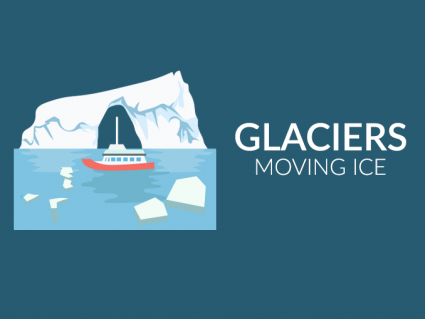
Like a rake scraping the dirt, glaciers leave a lasting impression on the land. They can erode mountains, transport vast amount of rock and reshape the land.
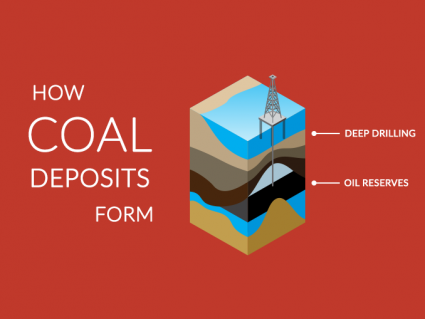
Hydrocarbons, oil and coal formation in general are made from living organisms that have been compacted from intense heat and pressure millions of years ago.
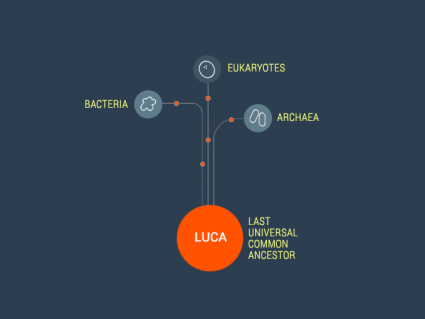
All living things originated from a common ancestor called the last universal common ancestor (LUCA). The origin of life existed before LUCA (3.5 – 4.1 bya)
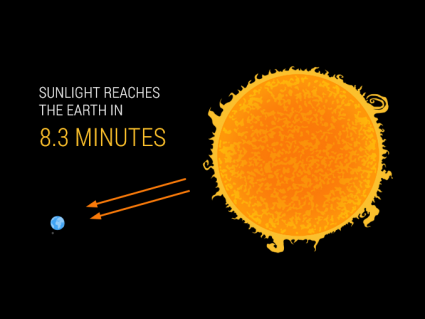
Fusion reactions power the sun. By fusing hydrogen to helium, the sun releases vast amounts of energy towards Earth. Then, sun fusion reaction heats Earth.
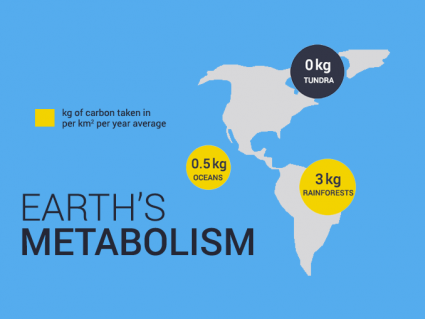
The Earth breathes. We gauge Earth net primary productivity by how much carbon dioxide plants absorb from the atmosphere minus how much it respires.
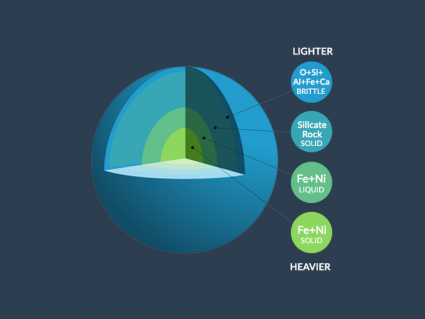
We use the core accretion model to describe planet formation and the creation of our solar system which includes a central star and natural orbiting objects.
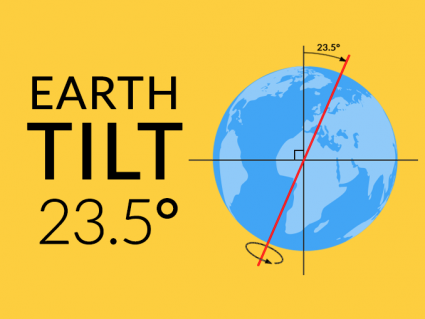
Imagine sticking a pencil into the Earth’s poles and twisting your wrist 23.5°. This is the Earth tilt essential in seasonal patterns, climate and life on Earth.
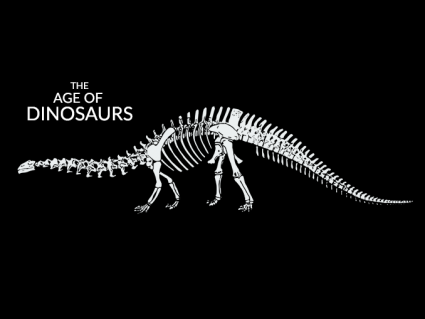
If you rewind the clock 230 million years back, dinosaurs dominated the land. Not just for a short span of time. But they lived for over 175 million years!
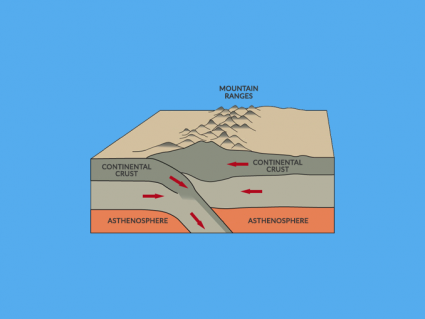
When convergent plates collide, the lithosphere thrusts upwards. This geologic process of vertical upheaving are orogenies or mountain building events.
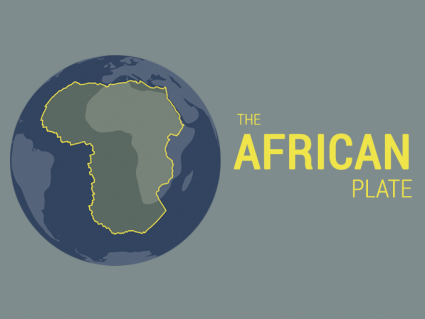
The African major plate contains all of Africa as well as the surrounding oceanic crust of the Atlantic Ocean. It moves at an average rate of 2.5 cm per year.
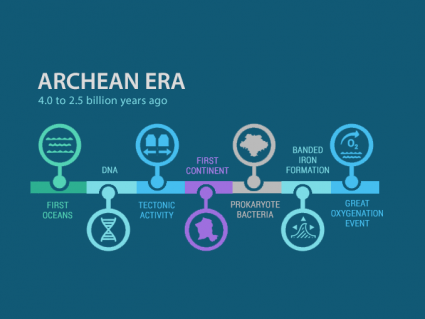
Earth formed a stable climate in the Archean Eon. Because it cooled down from its molten state, Earth was able to support oceans, continents and oxygenation
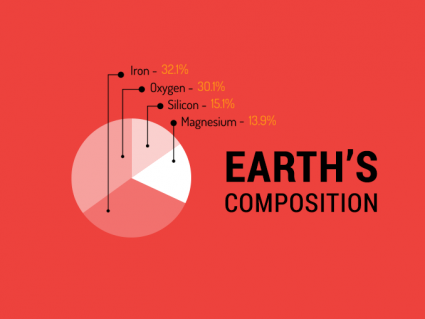
Earth density steadily increases as you go inwards from the crust to core. If you average density throughout the whole planet, it is about 5.513 g/cm^3.
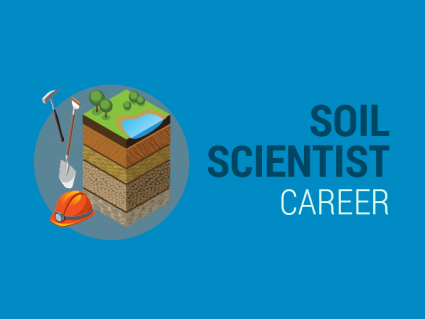
Soil scientists study how soils relate as a natural resource. This includes soil formation factors, classification, physical and chemical properties.
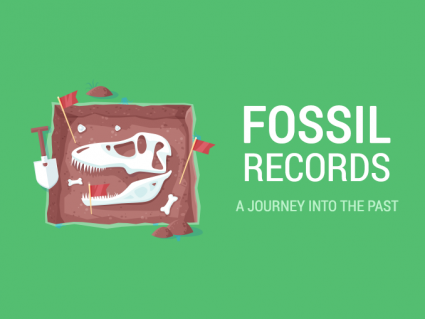
When you unveil a fossil, it’s like rewinding into the past. Fossils are preserved remains from past living things such as bones, shells or exoskeletons.
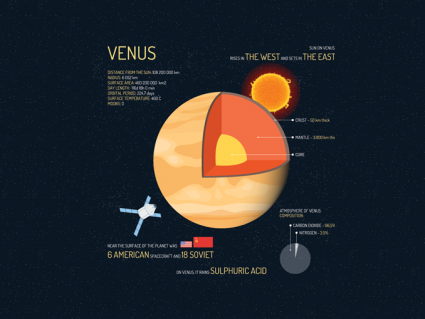
Planet Venus neighbors the Earth. It’s the second planet closest the sun. Other facts include its counterclockwise rotation and how it rains sulfuric acid.